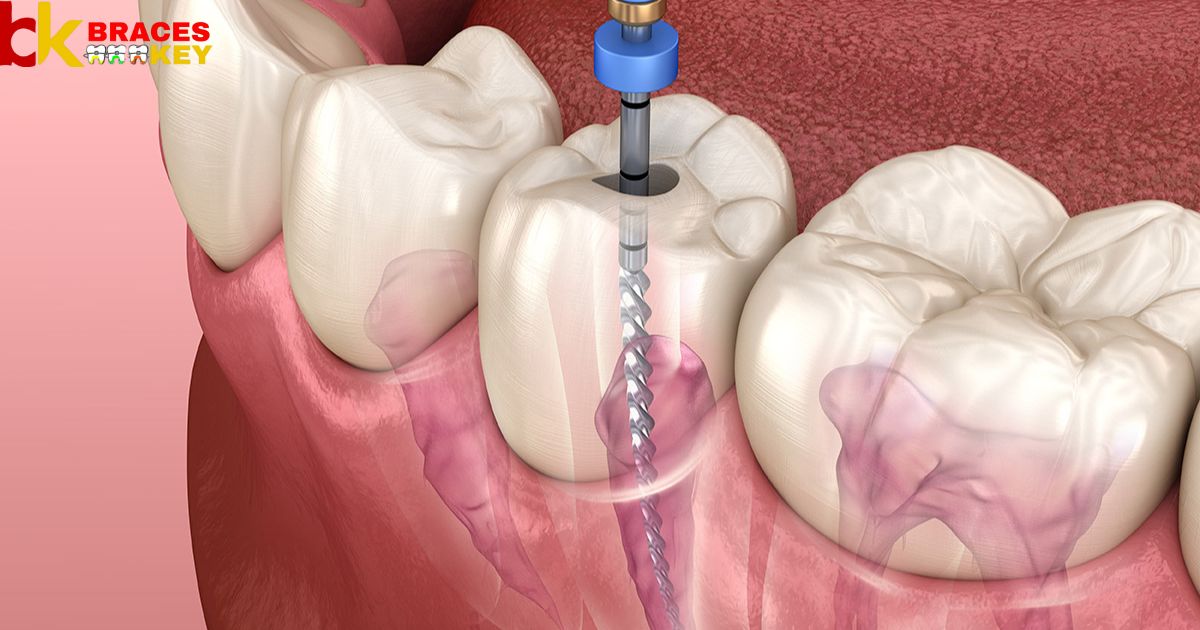Root canal treatment aims to save a tooth that is infected or decayed by removing the damaged or infected pulp and replacing it with a filling material. It involves cleaning, shaping and filling the inside of the tooth known as the root canal system.
While root canal treatment saves the natural tooth, there are some potential cons to consider. One of the main downsides is the risk of reinfection over time which may require endodontic retreatment or extraction in some cases. Post treatment pain and sensitivity can also potentially occur for a short period.
One pro is that it helps preserve a natural tooth rather than needing an implant or bridge. One con is that it can be a painful procedure requiring multiple visits. There is also a small risk of reinfection down the road. For most patients though, the tooth preserving benefits outweigh these potential drawbacks.
Key Takeaways
- It saves a tooth that would otherwise need extraction by removing the infected or damaged dental pulp and sealing the inside of the tooth.
- Multiple visits are usually required to complete the procedure, which can involve some discomfort during the process of decompressing and disinfecting the tooth.
- Preserves natural tooth structure and function rather than needing an implant or bridge if the tooth was extracted.
- A small risk of the infection returning years later in a tiny untreated canal remains, requiring possible re-treatment or extraction. Don’t miss to read out this topic Braces For Children Alexandria.
- Expense of the procedure compared to extraction, although usually less than other restoration options like a crown. Regular follow up exams are also important.
Overview Of Root Canal Treatment
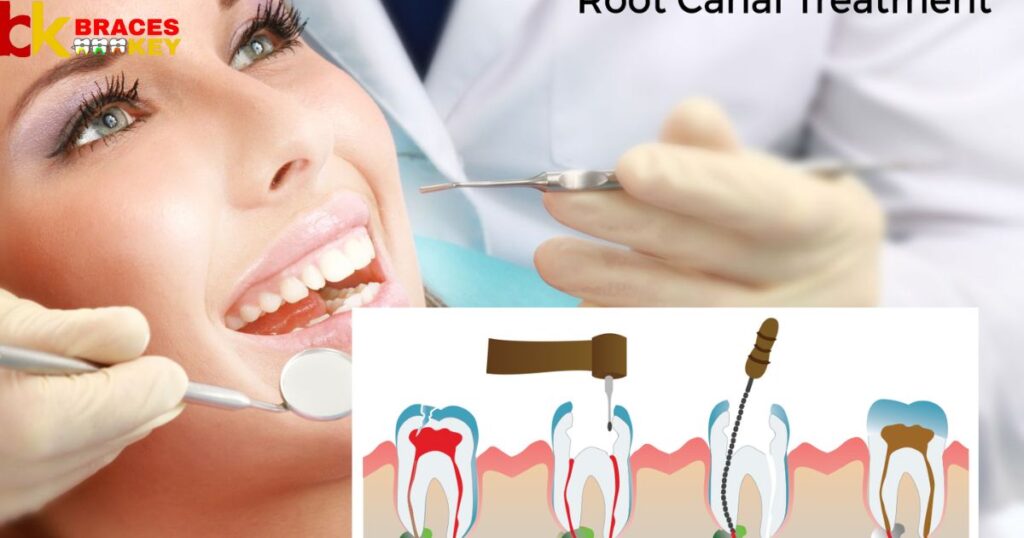
Root canal treatment aims to save a damaged tooth from extraction by removing infected pulp and sealing the root canal. While it preserves the natural tooth, the procedure requires multiple appointments which can be uncomfortable at times.
There is a small lifelong risk of reinfection that may require further treatment. For most patients the tooth salvaging benefits outweigh these potential drawbacks. Regular follow ups with your dentist are important for checking healing and monitoring for any issues.
Step By Step Guide To Pros And Cons Of Root Canal Treatment
- During the procedure, your dentist will decompress the tooth to relieve pain and drainage caused by infection and abscess. This makes further treatment more comfortable.
- Using tiny instruments, they will clean and shape the inner tooth canal, removing all infected pulp. The canal is then sealed with an elastic filling to prevent future bacterial growth.
- While root canals save teeth, there is a small lifelong risk of reinfection down the road. Follow up exams are important to catch any issues early before they require retreatment or extraction. Your dentist can monitor healing and watch for symptoms with periodic X-rays and exams.
Benefits And Drawbacks Of Root Canal Treatment
Root canals help save natural teeth from extensive decay by removing the damaged pulp and filling the empty space. The procedure involves drilling deep into the tooth which can cause discomfort during the process. It also requires multiple visits to the dentist to complete the treatment fully.
While root canals preserve teeth, some argue it is an invasive procedure with a small risk of reinfection down the line. The treatment is also more costly than extraction in the short term. An evaluation of the tooth’s condition helps determine if root canal therapy is the best solution.
Do You Need Root Canal Treatment?
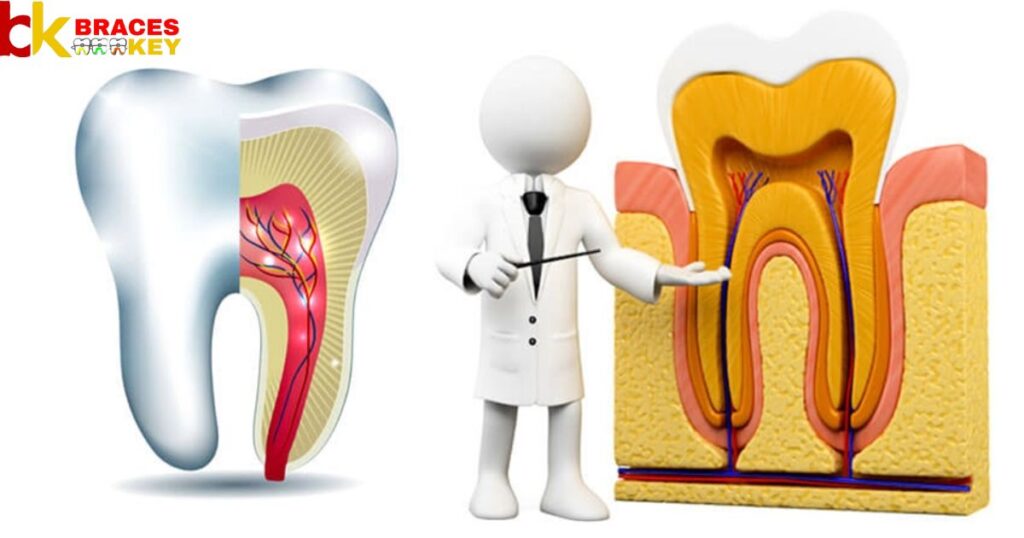
Deciding if root canal treatment is necessary can be tricky but a few signs make it quite clear. Persistent tooth pain even after taking painkillers is a red flag that the pulp is infected deep inside. Swelling or tenderness near the affected tooth also indicates an advanced problem.
If eating food causes a flare of pain, it’s likely the nerve is inflamed due to decay penetrating the enamel. Since leaving an infected tooth usually makes the issue worse, it’s best to consult your dentist about root canal therapy if any of these symptoms arise. Early treatment can prevent losing the tooth entirely.
Keep The Natural Tooth
Getting a root canal allows you to maintain your natural tooth structure rather than losing it to extraction. Preserving one’s real tooth means avoiding the costs and healing time of dental implants, which can be significant. It also keeps your smile intact without gaps from missing teeth.
With advancements in endodontic treatment, the procedure is less painful and has a high success rate in saving teeth that may have otherwise been doomed. For root canal therapy over pulling the tooth ensures you can bite and chew naturally without the hassle of a removable partial or bridge. Your original tooth can stay right where it belongs.
Treatment Might Weaken The Tooth
While root canal therapy salvages the visible portion of the tooth, the internal changes made during the procedure could compromise its structural integrity long-term. Removing the living pulp leaves empty canals that must be meticulously cleaned and sealed, but this altered anatomy may diminish the tooth’s ability to withstand biting forces.
Filling in the tunnels also disrupts the tooth’s natural resilience, making it vulnerable to cracking or fracture over years of chomping. Proper restoration following treatment can reduce this risk, but there remains a heightened possibility of chipping or breakage down the road. Close monitoring by dentists helps detect early signs of weakening for repairs.
What If You Never Get A Dental Check-Up?
Neglecting regular dental visits means health issues can silently progress without detection. Small problems left unchecked could evolve into major oral health challenges requiring intensive intervention. Cavities left untreated may worsen until it requires a root canal or tooth extraction.
Gum disease risk rises as plaque and tartar build up without professional cleanings to properly remove it. Potential warning signs could be missed as well until trouble becomes too painful to ignore. Overall oral hygiene difficulties multiply when professional care lacks continual monitoring and prevention methods. Dental check-ups exist to catch problems in infancy.
Are Root Canals Bad For You
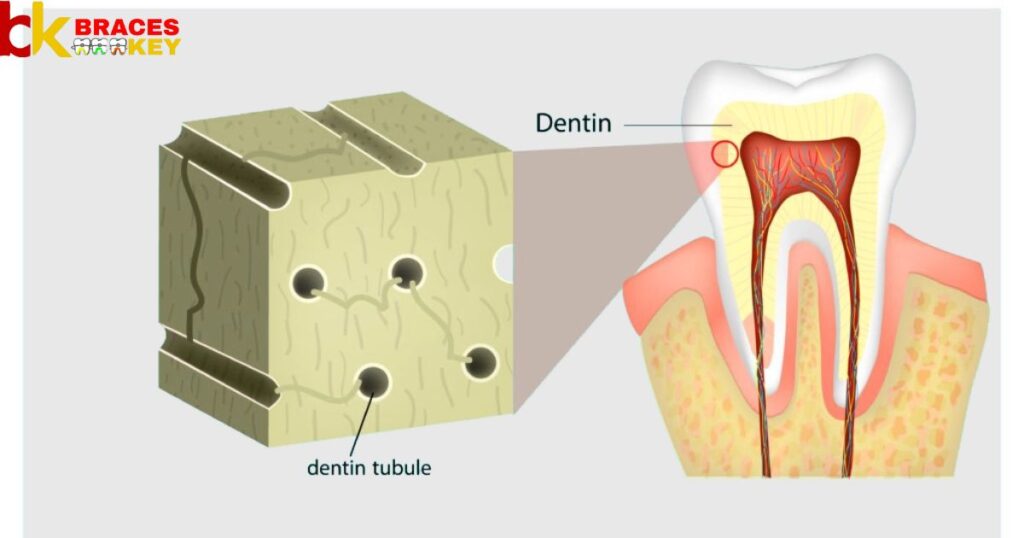
For a long time, root canals attracted myths around possible negative effects on whole-body health. Most dental research has found the procedure to be reasonably safe when performed correctly by a skilled endodontist. As long as the tooth’s infected pulp is entirely removed and the root canal disinfected thoroughly, there seems to be little risk of residual bacteria spreading elsewhere.
While it’s true the tooth is left devoid of living nerve tissue, restored properly it can function well for years without apparent issues. The main benefit of saving a tooth often outweighs speculations about health impacts, especially when alternative options are more intrusive.
Toxic Root Canal Symptoms
Some report feeling systemically unwell after a root canal, experiencing malaise, fatigue or brain fog. Toxins from infected tooth pulp are theorized to enter the bloodstream during the medical procedure. While scant scientific evidence confirms this, anecdotes describe recurrent headaches, joint pains or digestive changes arising later.
A small subset of holistic dentists believe residual bacteria trapped deep in treated teeth can harbor and release endotoxins over the years. The dental community at large credits such post-treatment complaints more to pre-existing issues like TMJ disorder or unrelated dietary factors. More clinical study is warranted to substantiate any direct links.
Root Canal Side Effects
Getting a root canal aims to relieve tooth pain but recovery doesn’t always go smoothly. Minor swelling or tenderness around the treated site often arises in the days after as part of normal healing. Some patients report jaw stiffness or soreness radiating farther than expected.
On rare occasions an antibiotic may be needed if signs point to lingering infection. Altered bite or referred pain in other teeth could persist until follow-up filling and crowning is done. Most side effects subside quickly with an ice pack, but seeing the dentist again ensures complications don’t undermine the root canal’s goal of pain freedom long-term.
Why Root Canals Are Needed?
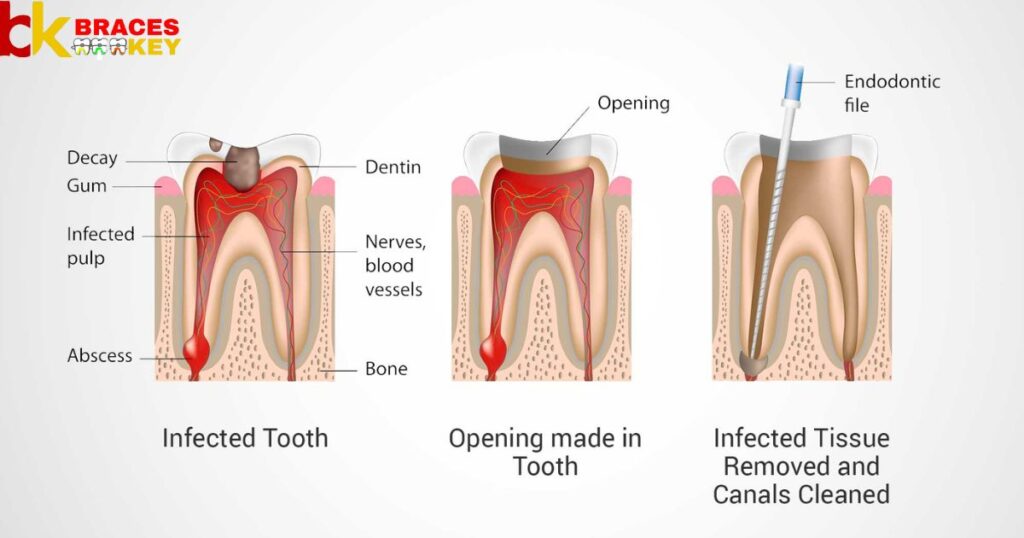
Bacteria is the primary culprit that makes root canals necessary. When deep decay or cracks allow these germs to infiltrate the inner pulp and inner root surfaces, it usually results in infection of this sensitive tissue. Left untreated, the inflammation and associated pressure buildup cause considerable pain.
As the bugs multiply, they can spread progressively, risking the tooth’s long-term health. By cleaning and disinfecting the contaminated canal system via root canal therapy, doctors salvage teeth that would otherwise face extraction. Filling the cleaned roots also helps block reinfection’s path, relieving symptoms and saving the natural tooth.
Why You Should Never Get A Root Canal?
While root canals aim to preserve teeth, some argue they leave problematic remnants. Once the pulp is removed, it can’t regenerate unlike other tissues. Residual bacteria may still hide microscopically and release toxic byproducts over years. The treated tooth’s resilience also suffers since filling canals alters its natural structure.
Given these contents, a few claim it’s better allowing extractions to avoid putting allegedly dead teeth back into the mouth. However, most dental research finds properly performed root canals don’t inherently endanger patients if restored correctly. As with any procedure, individual risk-benefit assessment is key.
Root Canal Procedure
To perform a root canal, the dentist first administers local anesthesia. Then, a rubber dam is placed to isolate the problem tooth. Access openings are made through the chewing surface to reach the canals inside. Small files carefully clean and shape the infected passageways.
Between rinses and debridement, canal-filling material such as gutta percha completely obliterates the emptied space. Temporary restoration ensues until a follow-up visit constructs a new crown or filling. Multiple X-rays guide each step. When done properly, this removes the damaged pulp to eliminate tooth pain and save the natural tooth.
Preserving The Natural Tooth
Root canal therapy means maintaining your original tooth structure rather than extracting it. This preserves your natural smile without the hassle of a partial denture or bridge. Not only is keeping one’s natural tooth more convenient, but it avoids the high cost of an implant or other artificial replacement.
Modern root canal procedures have a very high success rate at salvaging teeth that might otherwise face removal. After disinfection and sealing of the canals, proper restoration allows the tooth to serve its purpose of chewing and grinding for years to come. With care, your natural tooth can remain in your mouth where it belongs.
Relieving Pain And Infection
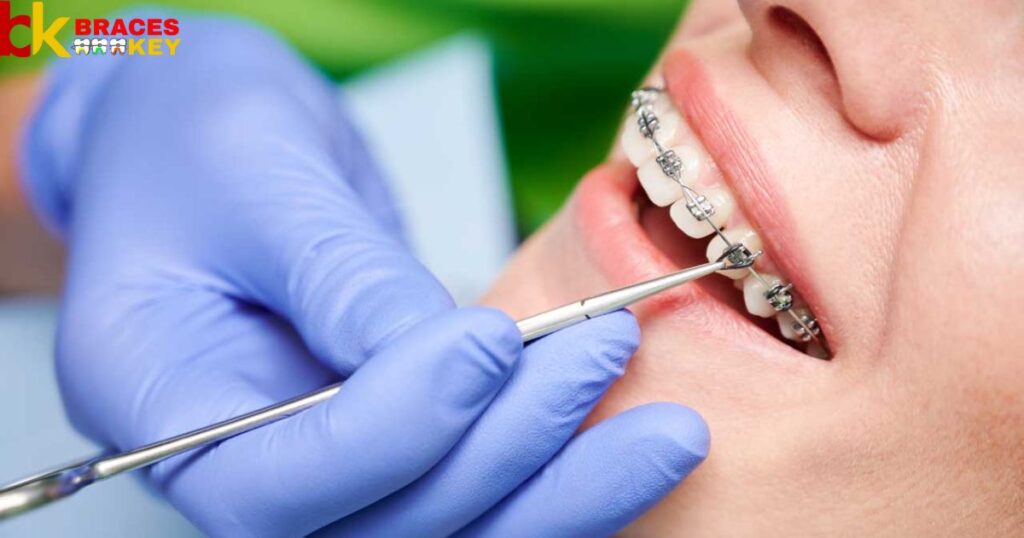
When deep decay or cracks introduce bacteria into the complex root canal system, inflammation and swelling can set in, activating pain sensors in the tooth. As the infection intensifies over time unchecked, aggravating symptoms like spontaneous sensitivity to heat and biting may surface.
A root canal aims to sanitize this hidden gallery of channels coursing through the inner root structure. By scrupulously cleaning, shaping and disinfecting them, endodontists eliminate the source of inflammation at the tooth’s core. This in turn relieves patients of pain and brings an end to the infection that was compromising the natural tooth’s health and viability.
A Multi-Appointment Process
Treating an infected tooth requires precision that occurs incrementally. The endodontist first anesthetizes the problem area and creates an access point to examine and map the complex root canal anatomy using microscopes and X-rays. Cleaning and shaping of the infected inner passages is then initiated.
Because each canal requires meticulous disinfection and preparation, multiple sessions may be scheduled to complete the job. Once cleaning is finished, the canals are sealed and the tooth temporarily restored until definitive replacement or crowning can occur. Dividing the process allows careful treatment with time to heal between appointments.
Risk Of Reinfection Remains
While root canal treatment eliminates existing infections, the possibility of reinfection remains if proper protection isn’t given. Bacteria present in the mouth still threaten treated teeth prone to decay or cracks. Without a well-sealing permanent restoration placed in a timely manner, contaminants could potentially reenter voids left by removed pulps.
Strict oral hygiene also becomes critically important for maintaining gums and tooth structure as buffered barriers. Follow-up checkups help identify any degrading conditions increasing vulnerability. Minimizing these risk factors helps maximize the long-term success of endodontic care invested in saving natural teeth.
Cost Compared To Extraction
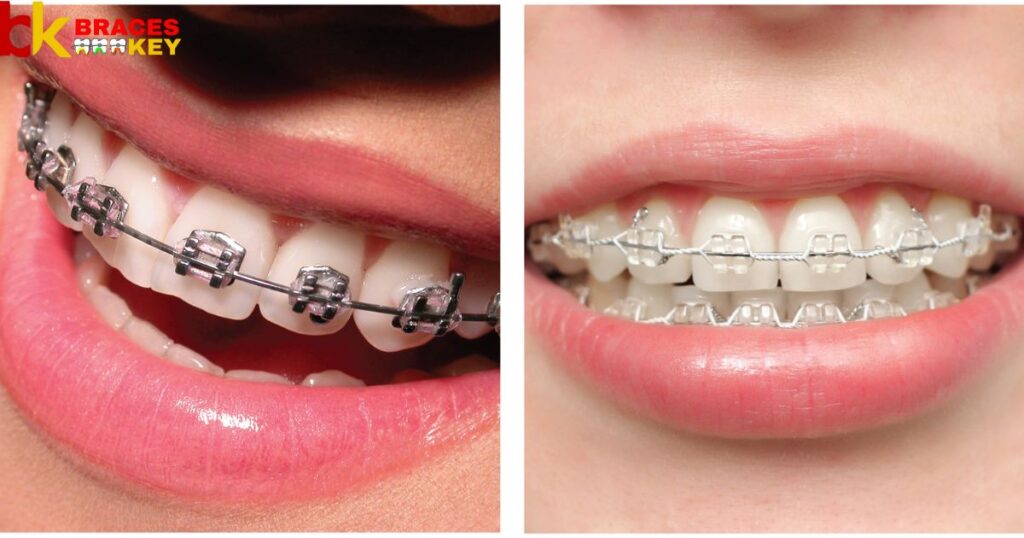
When a tooth suffers severe decay or trauma, patients must weigh their options – undergo root canal treatment or extraction. While pulling the tooth seems simpler, it has financial implications. Implants cost thousands of dollars, and bridges or dentures need replacement over time.
Root canal therapy, though more involved than extraction, aims to preserve one’s natural teeth indefinitely at a lower long-run cost. Multiple appointments may be required, but saving a tooth treats the root of the problem and prevents more costly prosthetic solutions later on. For most, root canal therapy proves the more economical choice overall.
Importance Of Follow Up Exams
Root canal treatment eliminates the tooth’s infected pulp to prevent pain, but the job isn’t fully complete until an appropriate filling or crown is added. Follow-up visits allow the endodontist to assess healing and ensure no complications arise. They also install a protective restoration to keep germs from reentering through gaps.
Over time, new decay or cracks could develop, necessitating repair. Constant checkups watch for such weaknesses threatening the root canal’s success. Caught early, problems are simple fixes, while delay risks more costly work or even tooth loss. Follow-up exams give root canals the best chance to preserve teeth for years to come.
Pros And Cons Of Root Canal Treatment
Root canals safe natural teeth from extraction, but they do remove the living pulp. While pain ceases and the tooth is preserved long-term with a tight sealing, bacteria could potentially reinfect through unfilled openings. Properly performed with follow-up restoration, root canal therapy allows teeth to function normally for many years with a high success rate.
Pros
Can Save The Tooth
Brushing twice daily and flossing in between can our pearly whites retain. Saving teeth from decay and loss is key to a beautiful smile remain.
Ends Tooth Pain
Toothache is simply the worst kind of pain to endure and bear. Proper dental care ensures filling cavities and roots to leave all tooth pain in the rear.
Prevents Alignment Issues
Teeth crowding leads to a crooked smile that’s not best to grin. Timely dental visits help avoid such plight and keep teeth alignment in line.
Cons
Weakens Teeth

Acids in snacks cause teeth erosion slowly but steadily. Excessive intake may lead to teeth becoming weak and brittle like thin spaghetti.
Might Require Multiple Dental Visits
Dental issues neglected for long demands extensive care plan. Multiple sittings may be needed to fix damage fully which isn’t in anyone’s clan.
A Lengthy Process Requiring Multiple Appointments
Fixing years of neglect on oral health is no small mission. A series of visits is mandatory to achieve restoration with no omission.
FAQ’s
What Is The Downside To Getting A Root Canal?
Root canal therapy is a lengthy fix for a tooth simply decayed and damaged beyond repair. It is time consuming and expensive to restore a tooth that nature had almost taken off the map.
Is It Good To Avoid Root Canal?
While root canal may seem scary, extraction is not always the best call. Leaving an infected tooth in the mouth could spread bacterial invasion to all without any recall.
Is It Worth Having Root Canal Treatment?
Root canal may cost a pretty penny but saves natural teeth from extraction’s fate. Retaining original teeth is advisable than implant’s wait.
Why Do Dentists Always Recommend Root Canals?
Root canals safe natural teeth from painful extraction’s end. Dentists aim to preserve original pearly whites as long as they can extend.
Conclusion
While root canal therapy helps save a tooth from extraction, it has some drawbacks too. The procedure may require multiple visits which makes it long and expensive at times. Retaining natural teeth prevents issues with alignment and jaw bone loss, Root Canal Treatment.
With proper care after treatment, root canal treated teeth can remain strong and functional for many years to come. An informed decision depends on balancing the pros and cons based on individual needs.
